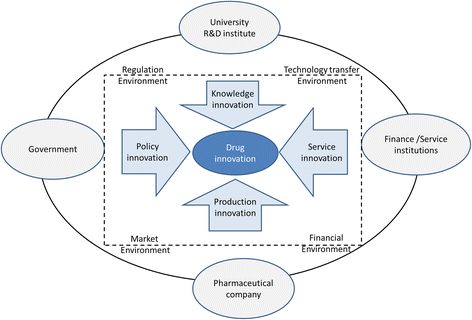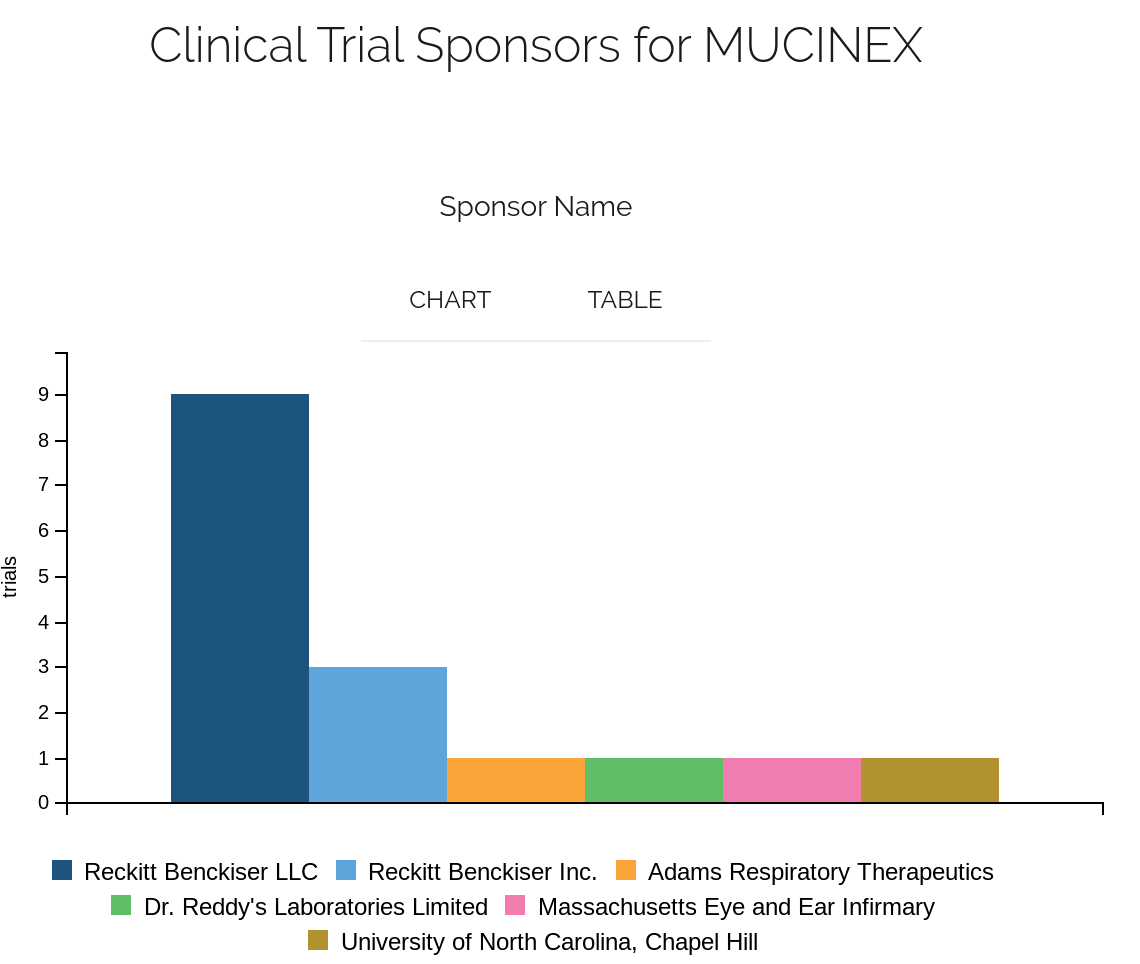In the realm of scientific innovation and intellectual property rights, few topics have sparked as much controversy and debate as the patenting of human genes. This complex issue sits at the intersection of cutting-edge biotechnology, medical research, and legal frameworks, challenging our understanding of what can and should be patented. As we delve into this intricate subject, we’ll explore the history, implications, and ongoing discussions surrounding gene patents, shedding light on how they impact scientific progress, healthcare, and society at large.
The Genesis of Gene Patenting
The Human Genome Project: A Turning Point
The story of gene patenting is inextricably linked to the Human Genome Project, a groundbreaking international scientific research project that aimed to determine the sequence of the human genome and identify and map all human genes. Launched in 1990 and completed in 2003, this monumental effort not only revolutionized our understanding of human biology but also opened the floodgates for gene patenting.
As researchers began to unravel the mysteries of our genetic code, the question of whether these discoveries could be patented quickly came to the forefront. The U.S. Patent and Trademark Office (USPTO) initially granted patents on isolated genes, considering them to be novel, non-obvious, and useful inventions.
Early Gene Patents: Setting Precedents
One of the earliest and most famous gene patents was for BRCA1 and BRCA2, genes associated with increased risk of breast and ovarian cancer. Myriad Genetics, a biotechnology company, obtained patents on these genes in the mid-1990s, giving them exclusive rights to test for mutations in these genes.
This move sparked intense debate about the ethics and legality of patenting human genes. Critics argued that genes are products of nature and should not be patentable, while proponents claimed that the isolation and identification of specific genes constituted a patentable invention.
The Legal Landscape of Gene Patenting
Patent Law and Biotechnology
To understand the complexities of gene patenting, we must first grasp the basics of patent law. Patents are designed to promote innovation by granting inventors exclusive rights to their inventions for a limited time. In return, inventors must disclose their inventions to the public, contributing to the collective knowledge base.
However, applying traditional patent law to biotechnology has proven challenging. The fundamental question is: Can something that exists in nature be patented if it’s isolated and purified in a lab?
Landmark Court Cases
Several high-profile court cases have shaped the legal landscape of gene patenting. The most significant of these was the 2013 U.S. Supreme Court case Association for Molecular Pathology v. Myriad Genetics, Inc.
“A naturally occurring DNA segment is a product of nature and not patent eligible merely because it has been isolated.” – Supreme Court Justice Clarence Thomas, delivering the opinion of the Court in Association for Molecular Pathology v. Myriad Genetics, Inc.
This landmark decision ruled that naturally occurring DNA sequences are products of nature and therefore not patentable. However, the Court also held that complementary DNA (cDNA), which is synthetically created, remains patent-eligible.
International Perspectives
Gene patenting isn’t just a U.S. issue; it’s a global concern. Different countries have adopted varying approaches:
- European Union: The EU Biotech Directive allows for the patenting of isolated genes, but with restrictions.
- Canada: The Supreme Court of Canada ruled against the patentability of higher life forms, including human genes.
- Australia: Initially allowed gene patents but later aligned with the U.S. position following a High Court decision in 2015.
These differing international approaches highlight the complexity of the issue and the need for global dialogue and potential harmonization.
The Science Behind Gene Patenting
Understanding Genes and DNA
Before we delve deeper into the patenting debate, let’s refresh our understanding of genes and DNA. Deoxyribonucleic acid (DNA) is the molecule that carries genetic instructions for the development, functioning, growth, and reproduction of all known living organisms. Genes are segments of DNA that encode specific proteins or regulate other genes.
The Process of Gene Isolation
Gene isolation involves identifying and extracting a specific gene from the vast genome. This process typically includes:
- Identifying the gene’s location
- Amplifying the gene using polymerase chain reaction (PCR)
- Cloning the gene into a vector
- Sequencing the gene to determine its exact nucleotide sequence
It’s this process of isolation and the resulting knowledge that companies have sought to patent.
Synthetic Biology and Gene Editing
Advancements in synthetic biology and gene editing technologies like CRISPR-Cas9 have further complicated the gene patenting landscape. These technologies allow scientists to not only read but also write and edit genetic code, blurring the lines between natural and artificial genetic sequences.
The Pros and Cons of Gene Patenting
Arguments in Favor
Proponents of gene patenting argue that it:
- Incentivizes Innovation: Patents encourage companies to invest in costly research and development.
- Promotes Disclosure: Patent applications require detailed disclosures, contributing to scientific knowledge.
- Attracts Investment: The potential for patent protection attracts venture capital to biotech startups.
Dr. James Watson, co-discoverer of the DNA structure, initially supported gene patenting, stating:
“The human genome sequence is the most important scientific discovery of our lifetime. We must protect and encourage the private sector’s investment in this field.”
Arguments Against
Critics of gene patenting contend that it:
- Hinders Research: Exclusive rights can impede further research and development.
- Increases Healthcare Costs: Monopolies on genetic tests can make them prohibitively expensive.
- Raises Ethical Concerns: Patenting human genes commodifies life and raises questions about ownership of genetic information.
Dr. Francis Collins, former director of the National Institutes of Health, expressed concerns:
“The idea that any company would have a monopoly on the genome itself is something that would be very damaging to research.”
Impact on Medical Research and Healthcare
Genetic Testing and Personalized Medicine
Gene patents have significantly influenced the field of genetic testing. While they’ve spurred the development of new tests, they’ve also led to monopolies that can limit access and increase costs.
The case of Myriad Genetics and BRCA testing is illustrative. Before the Supreme Court decision, Myriad’s monopoly on BRCA testing in the U.S. meant:
- High costs: The test could cost over $3,000
- Limited access: Only Myriad could perform the test
- Restricted research: Other labs couldn’t develop alternative or improved tests
Drug Discovery and Development
Gene patents have also played a crucial role in pharmaceutical research and development. They’ve incentivized companies to invest in genetic research, leading to the development of targeted therapies and biologics.
However, some argue that gene patents can create “patent thickets” – dense webs of overlapping patent rights that can impede innovation by making it costly and time-consuming to conduct research.
Ethical Considerations
Ownership of Genetic Information
The concept of patenting genes raises profound ethical questions about the ownership of genetic information. Can anyone truly own a part of the human genome? This question becomes even more complex when considering indigenous populations’ genetic information or rare genetic variants.
Privacy and Consent
Gene patenting also intersects with issues of privacy and consent. When individuals provide genetic samples for research, do they understand that the results might be patented? How can we ensure proper informed consent in such cases?
Equity and Access
There are significant concerns about equity and access in gene patenting. Patents can lead to high costs for genetic tests and treatments, potentially exacerbating healthcare disparities. This is particularly problematic for rare genetic disorders, where patents might limit research and treatment options.
The Future of Gene Patenting
Emerging Technologies
As biotechnology continues to advance, new challenges in gene patenting emerge. Technologies like CRISPR gene editing, synthetic biology, and artificial DNA raise new questions about what is “natural” and what is “invented.”
Policy and Regulation
Policymakers and regulatory bodies worldwide are grappling with how to balance innovation incentives with public interest. Some potential approaches include:
- Compulsory licensing for essential genetic tests
- Research exemptions to allow academic study of patented genes
- Open-source models for genetic information
International Harmonization
Given the global nature of genetic research, there’s a growing call for international harmonization of gene patenting policies. Organizations like the World Intellectual Property Organization (WIPO) are working to facilitate dialogue and potential agreements.
Case Studies
The BRCA Gene Controversy
The case of Myriad Genetics and the BRCA genes remains one of the most illuminating examples of the gene patenting debate. Myriad’s patents allowed them to monopolize BRCA testing in the U.S. for nearly two decades, sparking controversy over access to potentially life-saving genetic information.
The CCR5 Gene and HIV Resistance
Another interesting case involves the CCR5 gene, which is associated with HIV resistance. Human Genome Sciences patented this gene in 2000, leading to debates about the ethics of patenting a gene linked to disease resistance.
The PXE International Model
PXE International, a patient advocacy group, took an innovative approach to gene patenting. When researchers discovered the gene responsible for pseudoxanthoma elasticum (PXE), the organization filed for the patent itself. This allowed them to ensure broad access to genetic testing while still incentivizing further research.
Alternatives to Traditional Gene Patenting
Open Source Genomics
Inspired by the open-source software movement, some researchers advocate for open-source genomics. This model promotes free sharing of genetic information to accelerate research and development.
Patent Pools
Patent pools, where multiple patent holders agree to license their patents to one another or third parties, could help mitigate some of the negative effects of gene patenting while preserving incentives for innovation.
Public-Private Partnerships
Collaborations between public research institutions and private companies offer another model. These partnerships can balance the need for open access to genetic information with the private sector’s need for return on investment.
The Role of Government and Regulatory Bodies
USPTO Guidelines
Following the Myriad decision, the USPTO issued new guidelines for determining the patent eligibility of natural products, including genes. These guidelines aim to clarify what genetic innovations can be patented.
NIH and Public Funding
The National Institutes of Health (NIH) plays a crucial role in genetic research funding. Its policies on data sharing and intellectual property rights significantly influence the gene patenting landscape.
FDA Regulations
The Food and Drug Administration (FDA) regulates genetic tests and therapies. Its policies on the approval and marketing of these products interact with patent law in complex ways.
Global Perspectives on Gene Patenting
Developing Countries’ Concerns
Developing countries often express concerns about gene patenting, fearing that it could limit their access to important medical technologies and genetic resources.
Indigenous Peoples’ Rights
The patenting of genes derived from indigenous populations has raised significant ethical and legal questions about consent, benefit-sharing, and cultural rights.
Biodiversity and Gene Patenting
The Convention on Biological Diversity and the Nagoya Protocol address issues related to genetic resources, including how benefits from their use should be shared. These international agreements influence the global gene patenting landscape.
Key Takeaways
- Gene patenting is a complex issue at the intersection of science, law, and ethics.
- The 2013 U.S. Supreme Court decision in Myriad significantly changed the landscape, ruling that naturally occurring DNA sequences are not patentable.
- Proponents argue that gene patents incentivize innovation, while critics contend they can hinder research and increase healthcare costs.
- The impact of gene patenting on medical research and healthcare is significant, influencing genetic testing, drug development, and personalized medicine.
- Ethical considerations include questions of ownership, privacy, consent, and equitable access to genetic information and technologies.
- Emerging technologies and international differences in patent law continue to shape the future of gene patenting.
- Alternative models, such as open-source genomics and public-private partnerships, are being explored to balance innovation with public interest.
- The role of government bodies, including the USPTO, NIH, and FDA, is crucial in shaping gene patenting policies.
- Global perspectives on gene patenting vary, with particular concerns from developing countries and indigenous populations.
- The future of gene patenting will likely involve ongoing debates and policy adjustments as biotechnology continues to advance.
FAQs
- Q: Can human genes still be patented in the United States?
A: Following the 2013 Supreme Court decision in Association for Molecular Pathology v. Myriad Genetics, Inc., naturally occurring human genes cannot be patented in the U.S. However, synthetically created DNA sequences (cDNA) and methods using gene sequences may still be patent-eligible. - Q: How does gene patenting affect the cost of genetic testing?
A: Gene patenting can potentially increase the cost of genetic testing by creating monopolies. However, the invalidation of some gene patents has led to increased competition and lower prices in some cases. - Q: What’s the difference between patenting a gene and patenting a genetic test?
A: Patenting a gene involves claiming rights to the isolated DNA sequence itself, which is no longer allowed for naturally occurring sequences in the U.S. Patenting a genetic test involves claiming rights to specific methods or applications using genetic information, which may still be patent-eligible. - Q: How do gene patents impact academic research?
A: Gene patents can potentially hinder academic research by restricting access to genetic sequences or requiring licensing fees. However, many countries have research exemptions in their patent laws to mitigate this impact. - Q: Are there international agreements governing gene patenting?
A: While there’s no specific international treaty on gene patenting, agreements like the TRIPS Agreement (Trade-Related Aspects of Intellectual Property Rights) and the Convention on Biological Diversity influence how countries approach gene patenting and related issues.























